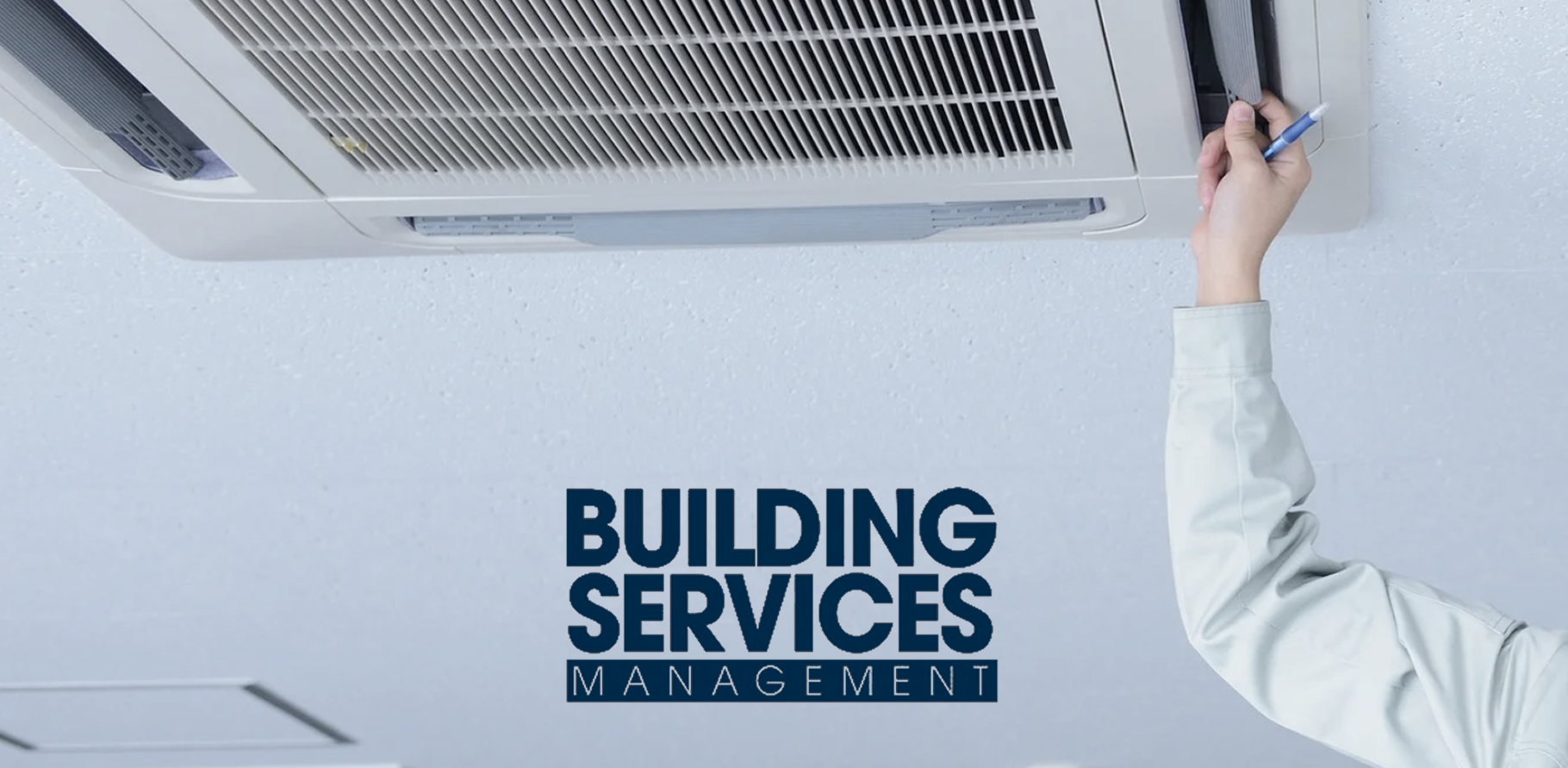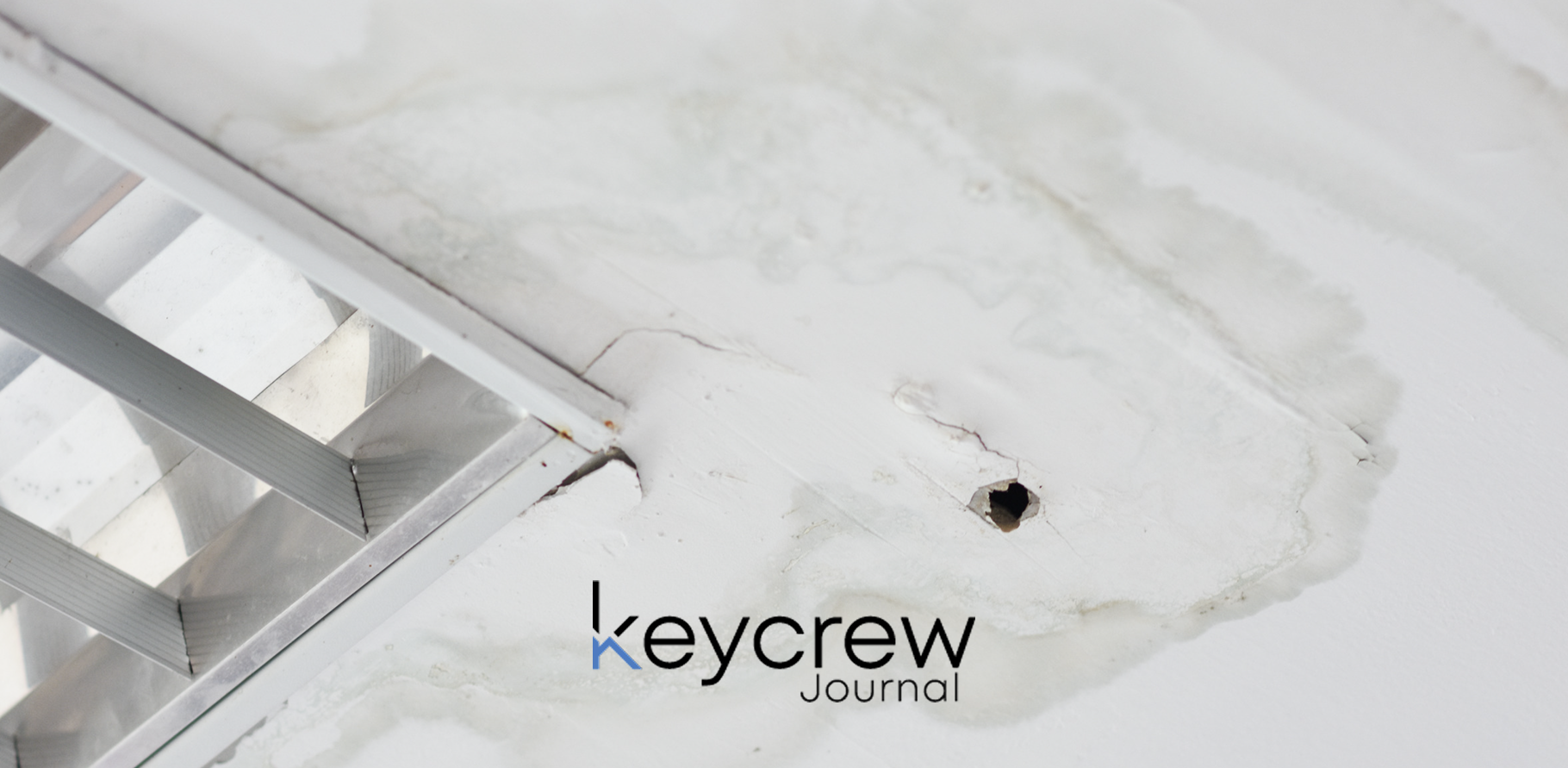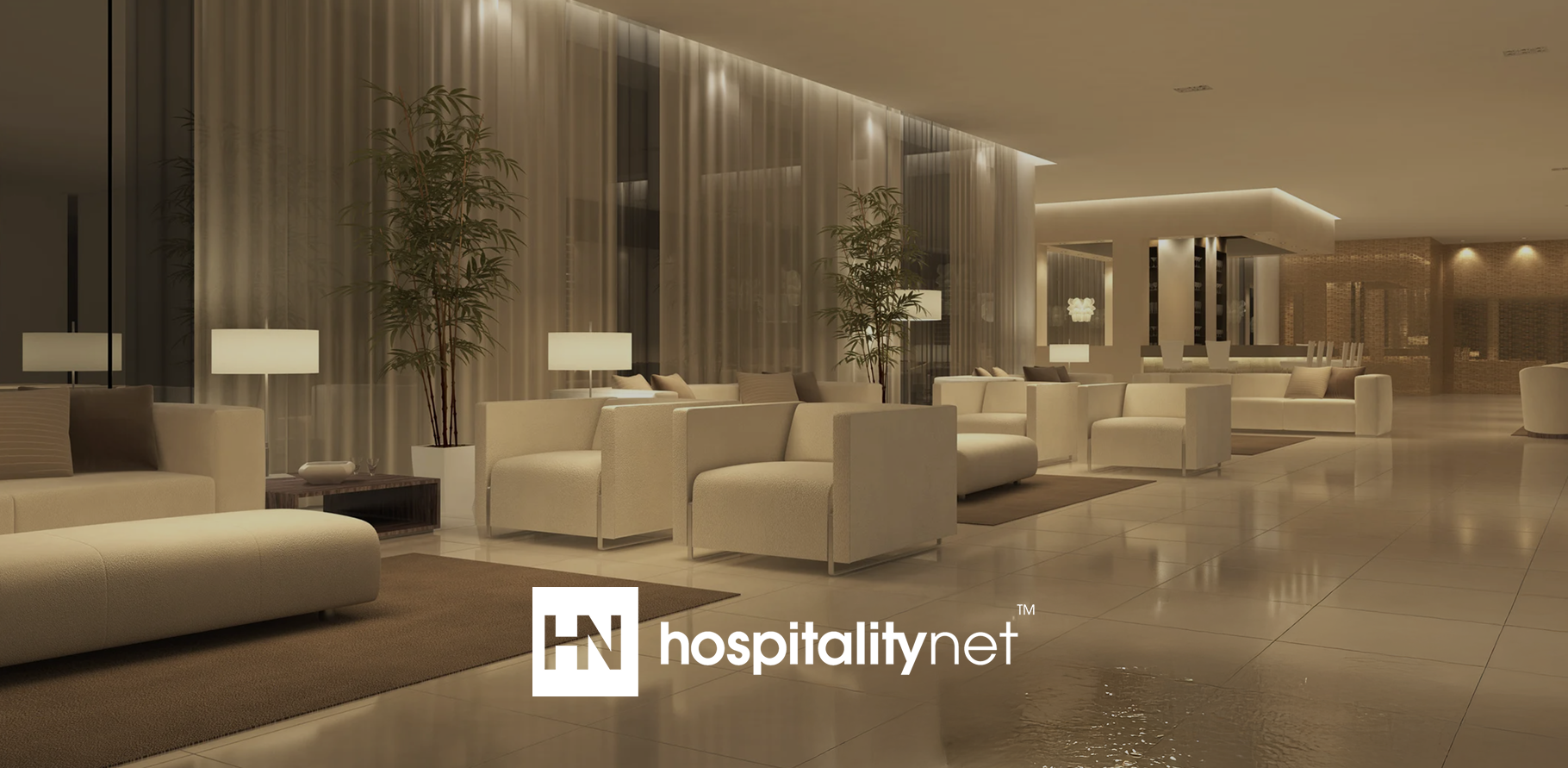Water damage incidents, gas leaks, and mechanical failures share a common trait: they often announce themselves outside of business hours. In many buildings, detection systems for these risks may not exist, or if they do, they may be spread across separate platforms that don't communicate with each other.
For facility maintenance managers, this fragmentation creates dangerous blind spots in building protection and slows emergency response. Forward-thinking managers are discovering that integrated smart monitoring, where water, natural gas, mechanical, and environmental threats are tracked through a unified platform, can transform building operations from perpetually reactive to strategically ready.
Effective risk management begins with recognizing that building threats rarely exist in isolation. A comprehensive facility assessment should map vulnerabilities across multiple categories. Water-related risks extend beyond obvious sources like burst pipes. For example, HVAC units, aging water heaters, and appliance connections can all be sources of slow leaks that can cause extensive damage before detection.
Gas detection requirements are becoming increasingly mandated. Maine requires fuel gas detectors in multifamily, hotels, and other types of buildings, while New York City, Illinois, Connecticut, and Massachusetts all have similar bills either being proposed or in the process of being implemented.
Mechanical system monitoring provides real-time awareness of critical equipment status. Smart sensors can detect when boiler temperatures drop below safe thresholds, when elevators stop moving, or when exhaust fans fail.
Environmental and operational risks should also be considered. Temperature and humidity monitoring help prevent both frozen pipes and mold growth. Additional sensors can monitor other vulnerabilities from sump pit water levels to pest control devices, door and window security, and even unauthorized smoking in prohibited areas.
Integrated Monitoring Strategy
When implementing facility-wide smart monitoring, facility managers face a strategic decision between targeted and comprehensive approaches. Each path offers specific advantages depending on your building's risk profile and operational priorities. A targeted monitoring strategy concentrates sensors on known vulnerabilities, such as specific mechanical equipment prone to failures. This approach minimizes initial capital expenditure while addressing your most pressing risks. For facilities with limited budgets or clearly defined problem areas, targeted deployment can deliver immediate risk reduction.
However, facilities with diverse incident histories or those managing high-value operations may find greater value in comprehensive monitoring coverage. This holistic approach positions sensors at all critical risk points, such as water sources, gas appliances, mechanical systems, and environmental monitoring zones.
While requiring higher upfront investment, comprehensive systems eliminate monitoring blind spots and can provide the unified oversight that modern facility management demands.
The financial case for comprehensive monitoring can also extend beyond operational benefits. For buildings with documented incident histories such as water leaks, some insurers increasingly recognize comprehensive monitoring as a risk mitigation measure, which can help secure renewal premium deductions and/or lower deductibles.
When it comes to technical implementation, modern wireless sensors using LoRaWAN (Long Range Wide Area Network) protocols offer significant advantages over WiFi-based systems. LoRaWAN's signal penetrates concrete and steel effectively, with single gateways covering multiple floors. Battery-powered sensors typically last up to 10 years, and deploy with ease. For example, water sensors can be placed under sinks, near water heaters and HVAC units, and other potential points of leak.
Minimizing Damage Impact
Configure your monitoring platform to match your facility's operational structure. Critical events like active water leaks, significant temperature fluctuations, or gas detection should trigger immediate live operator calls to ensure the alert doesn't get overlooked. Text messages can provide additional information, while email notifications create documentation trails essential for insurance claims and internal reporting.
Establish escalation chains ensuring 24/7 coverage regardless of shift schedules. Where immediate human response is not possible, implement equipment capable of prompt action until staff can arrive, such as automatic shutoff valves. For each monitoring category, assign both primary and backup responders with clear action steps. Maintenance teams should have immediate access to shutoff locations and step-by-step equipment procedures, while front desk staff should be provided with communication scripts to notify occupants quickly and effectively during incidents.
Ensure your protocols are clear, understood, and easily accessible in the event of an emergency. Define specific roles for relevant team members during each type of emergency, eliminating confusion when rapid response is critical. Periodic drills can help to build confidence and reveal protocol gaps before real emergencies.
The path begins with assessing your facility's specific vulnerabilities. Whether focusing on targeted problem areas or implementing holistic coverage, modern monitoring systems offer simple installation, reliable operation, and the peace of mind that comes from knowing your building is protected 24/7, all through a single, unified platform that eliminates the challenges of managing multiple, disconnected systems.









